Can a Catamaran Capsize? The Surprising Answer
Capsizing often happens with small boats like canoes, kayaks, and sailboats. But even for bigger boats like catamarans, which have an established reputation for stability and safety, it's still normal to wonder if they can capsize too. To give you peace of mind and prepare you for the worst, let's answer that question in this article.
A catamaran can capsize under extreme conditions, just like any other boat. Even the most stable catamaran can capsize if it's hit by a large wave, caught in a sudden gust of wind, or if the rotational force has overcome the stability of the boat. However, it's not something that happens frequently.
It can be a scary experience if a catamaran capsized, but you have to stay calm and know that most modern catamarans are designed to self-right. This means that they can turn themselves back over after capsizing. Let's continue reading to know what else can we do to recover from a catamaran capsize.
Summary
- A catamaran's stability is attributed to its center of gravity, its freeboard, and its pendulum-like behavior. However, despite its stability and speed, a catamaran can still capsize due to strong winds and capsizing waves.
- There are factors that can contribute to the likelihood of a capsize happening, such as wind speed, wave height, weather conditions, breaking waves, and the overall sailing conditions.
- The best thing to do to quickly recover from a capsize is to stay calm and position the boat to make it self-right quickly.
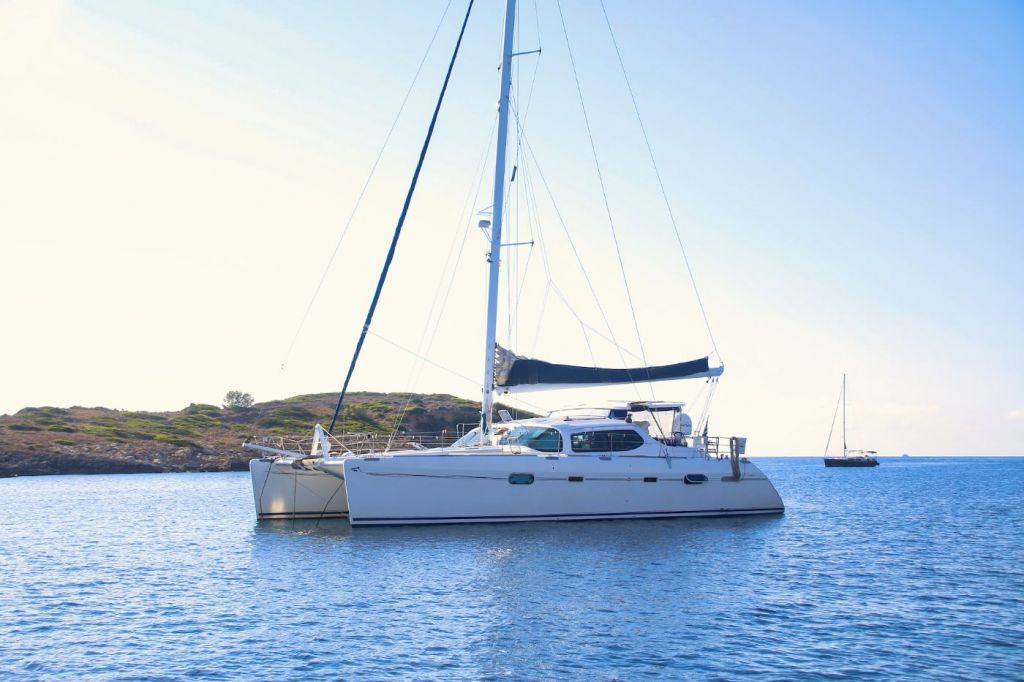
On this page:
A Catamaran Can Capsize Despite Its Stability
A catamaran can capsize. However, it's not very common, and most catamarans are designed to be stable and safe in a variety of conditions.
Despite their stability and speed, catamarans can still capsize under certain conditions. Strong winds, large waves, and imbalance can all cause a catamaran to capsize. When a catamaran is caught in a gust of wind, the increased wind pressure on one side of the catamaran can cause it to lean to one side, which can lead to a capsize if not corrected.
Any boat can technically capsize, but there are specific factors that can contribute to a catamaran capsizing. One of the main reasons for catamaran capsizing is the effect of rotational forces. When these forces overcome the stability of the boat, it can lead to capsizing.
A catamaran is a type of multihull boat that has two parallel hulls connected by a deck or bridge. They are well known for their stability and speed, making them a popular choice for sailors and boaters.
One of the key advantages of their twin hulls is that it gives them a larger base and makes them less likely to tip over. It also helps to distribute the weight of the boat more evenly, providing greater stability. This is especially helpful in rough seas, where the catamaran's stability can help keep you safe and comfortable. Below are factors that contribute to the stability of catamarans:
Their center of gravity makes them stable
In a catamaran, the center of gravity is typically lower than in a monohull, which helps reduce the likelihood of capsizing. This is because the lower the center of gravity, the more stable the boat will be.
The freeboard also adds up to their stability
Their freeboard of a catamaran is typically lower than a monohull's, which helps to reduce the windage and the chances of the boat being pushed over by strong winds.
Their pendulum-like behavior helps them to be stabilized
When they encounter waves, the two hulls move independently of each other, which helps to reduce the rolling motion of the boat. This is because the weight of the boat is distributed between the two hulls, which act like pendulums, swinging in opposite directions to counterbalance the motion of the waves.
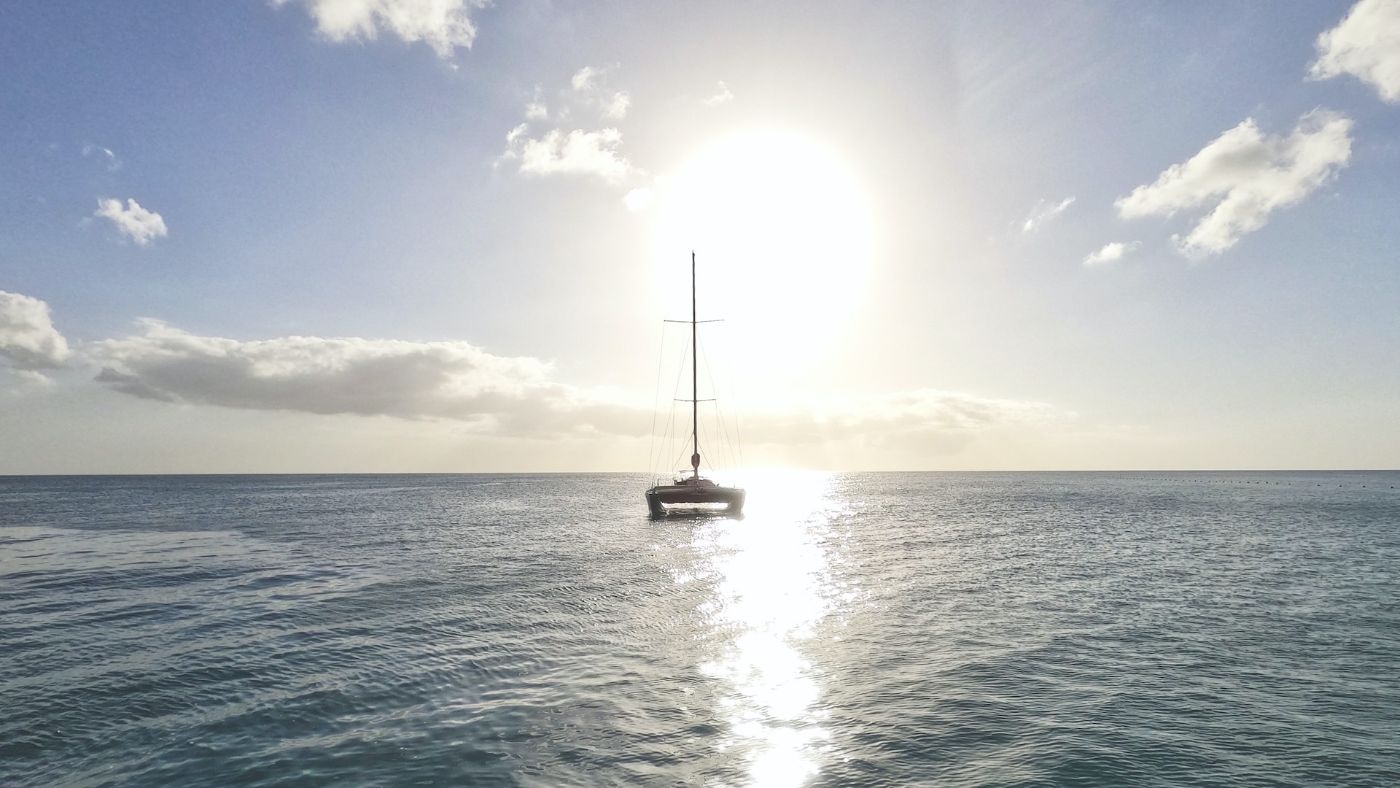
Aside from stability, another advantage of a catamaran is its speed. Because they have two hulls, they create less drag than a single hull and can move through the water more quickly and efficiently. This can be especially useful if you're trying to get somewhere quickly or if you're racing.
Factors Influencing Catamaran Capsizing
The height of the wave can affect the chance of capsizing
Wave height is a significant factor when it comes to catamaran capsizing. The higher the waves, the greater the risk of capsizing. This is because the waves can exert a significant amount of force on the boat, causing it to tip over.
Wave capsize occurs when a boat overtakes a wave and sinks its bow into the next one, causing it to capsize. However, this is also not very common and can usually be avoided by keeping an eye on the waves and adjusting your speed and course accordingly.
Wind speed is another important factor to consider
The stronger the wind, the more likely it is that a catamaran will capsize. The wind can create a lot of pressure on the sails, which can cause the boat to lean to one side and potentially capsize. To know more about the ideal wind speed in sailing, read this article.
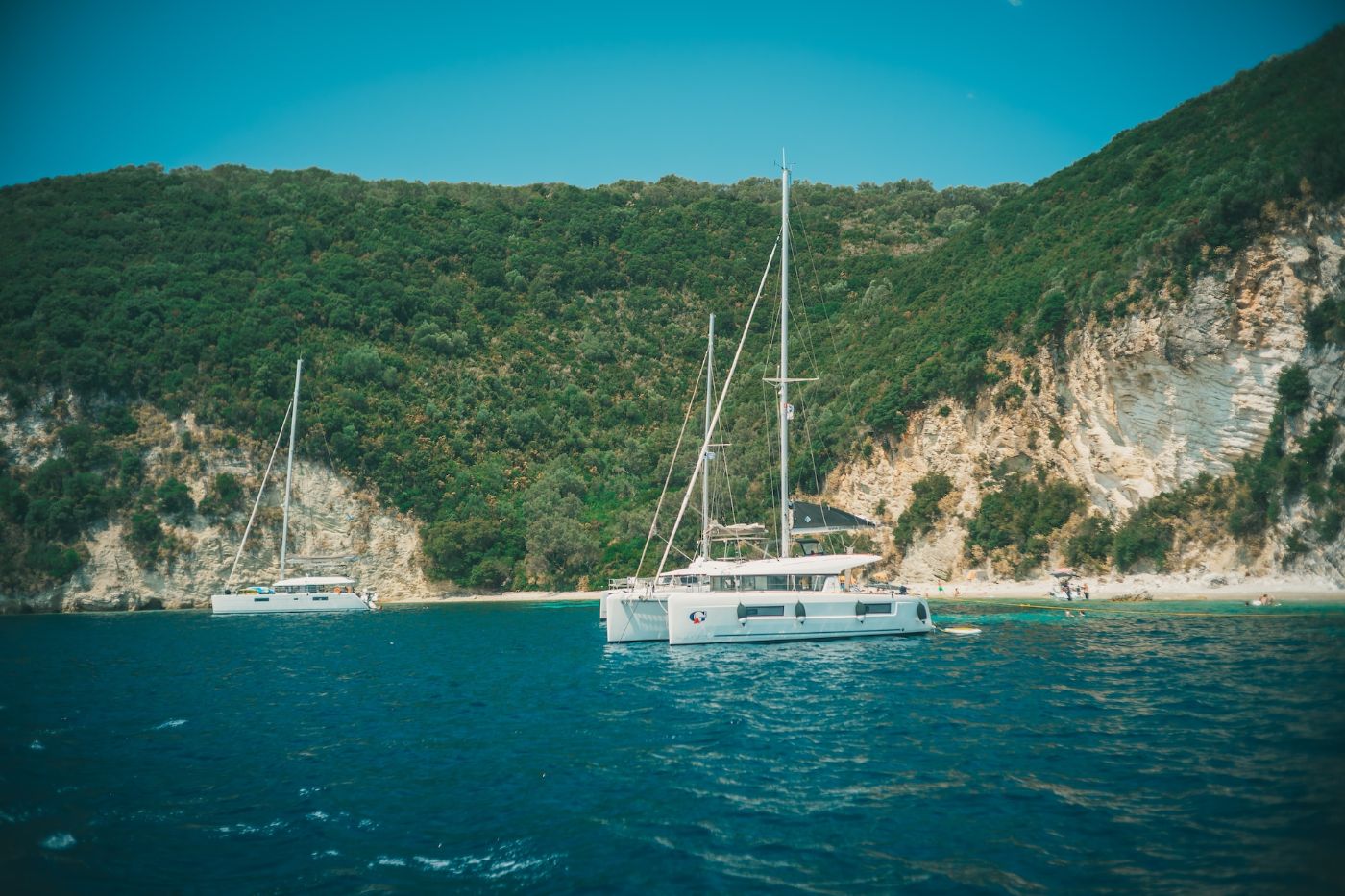
Weather conditions can also play a role in catamaran capsizing
If there is a storm or other severe weather conditions, the risk of capsizing is much higher. Perhaps consider checking the weather forecast before setting out on a catamaran to ensure that conditions are safe. You may also try reading this article on the possible danger of sailing through thunderstorms.
Breaking waves can cause a catamaran to capsize
When waves break, they release a significant amount of energy, which can cause the boat to capsize. Try to keep an eye out for breaking waves and avoid them if possible.
The overall sailing condition can increase the likelihood of capsizing
You may need to be aware of the conditions and take appropriate precautions to ensure that you stay safe while on the water.
Safety Measures to Prevent Capsizing
1. Ensure proper weight distribution
To prevent capsizing, you could check if the weight on your catamaran is evenly distributed, with heavier items stored low and towards the center of the boat. Try to avoid overloading your catamaran with too much weight.
2. Learn the right way of reefing
Reefing is the process of reducing the size of your sails to adjust to changing wind conditions. When the wind starts to pick up, you will need to reef your sails to prevent your catamaran from heeling over too much. You must learn how to reef your sails properly before you set out on your journey.
3. Know how to properly anchor and use the right anchor
An anchor can help keep your catamaran in place and prevent it from drifting in strong currents or winds. You need to know how to properly anchor your catamaran and always use an anchor that is appropriate for the size of your boat. Learn different anchoring techniques in tough conditions through this article: Boat Anchoring Techniques Explained (Illustrated Guide)
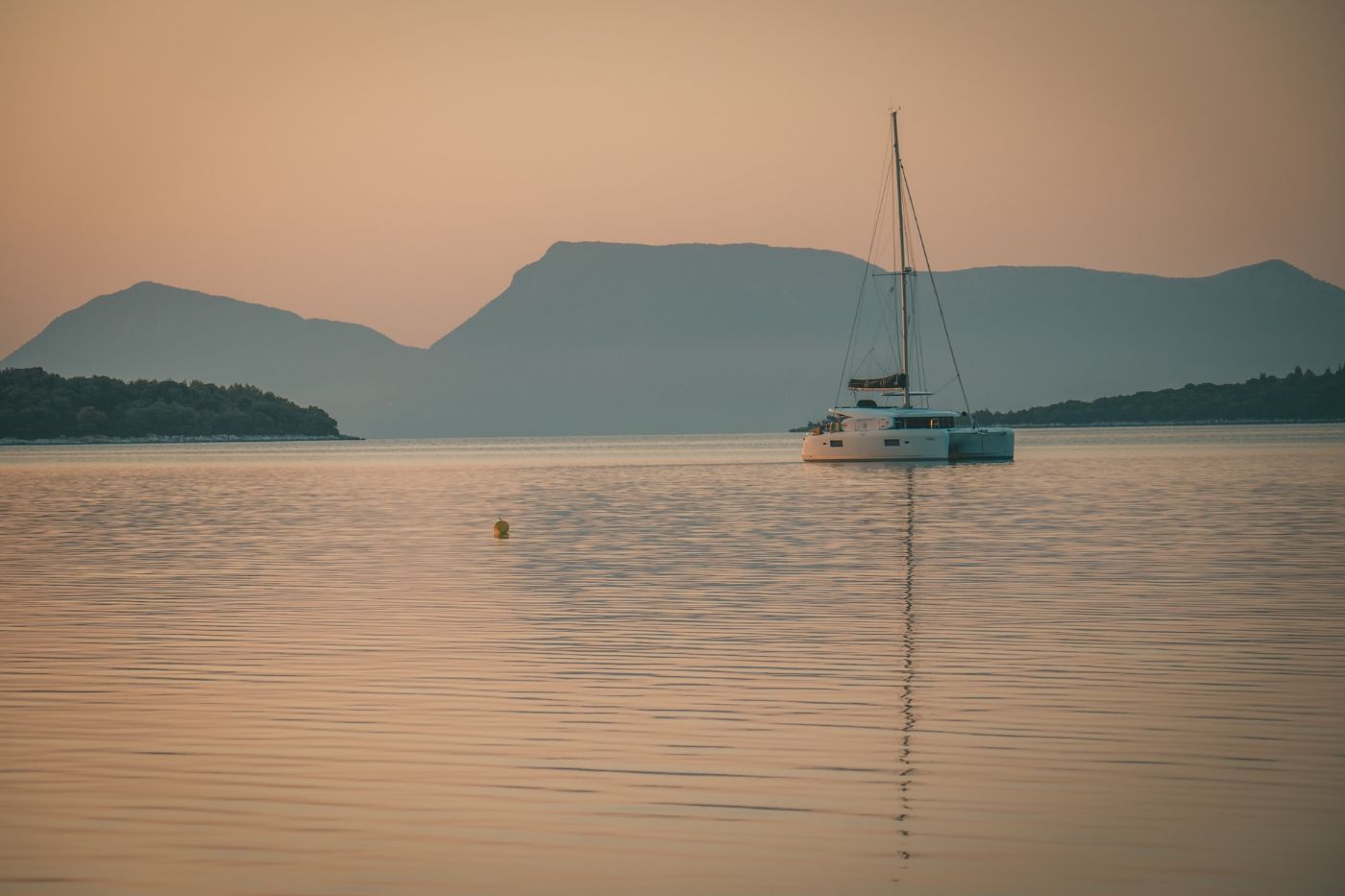
4. Utilize your catamaran's engine
Your engine can be a valuable tool for preventing capsizing. If you find yourself in a dangerous situation, such as strong winds or currents, you can use your engine to help keep your catamaran stable and prevent it from capsizing.
5. Use your boat tools to prevent it from capsizing
Keels, daggerboards, and centerboards all help stabilize your catamaran and prevent capsizing. You may need to check if these are properly installed and maintained.
6. Use the drogue to slow down the boat
A drogue is a device that can help slow down your catamaran and prevent it from capsizing in heavy seas. You can check if you have a drogue on board and learn how to properly use it in case you need to.
7. Make sure to have safety equipment onboard
Always make sure you have the proper safety equipment on board, including life jackets, flares, and a first aid kit. Everyone on board must also know where the safety equipment is located and how to use it.
8. Use an autopilot
Autopilot can help keep your catamaran stable and prevent it from heeling over too much. Consider learning how to properly use your autopilot before you set out on your journey.
Recovering from a Capsized Catamaran
Capsizing a catamaran can be a scary experience, but with proper preparation and practice, you can easily handle it. When the boat flips upside down, all the loose gear in the boat floats away (or sinks), and you are left with a capsized boat. Here are some steps that can help you recover from a catamaran capsize:
Stay calm
The first thing to do when your catamaran capsizes is to remain calm. Take a deep breath and assess the situation. Check if everyone on board is safe and accounted for.
Position the catamaran to self-right
Catamarans are designed to self-right, which means that they can turn themselves back over after capsizing. To self-right, the boat needs to be positioned in a certain way, usually with the mast pointing downwind.
Help the catamaran to self-right using the righting lines
If your catamaran doesn't self-right, you can help it by using the righting lines. These lines are attached to the bottom of the hulls, and they can be used to pull the boat back upright.
The buoyancy of the catamaran can help you recover
Catamarans are designed to be buoyant, which means that they can float even when they are upside down. This makes it easier to recover from a capsize.
Be prepared
The best way to prepare for a capsize is to practice recovering from one. Set aside some time to practice capsizing your catamaran in a controlled environment, like a calm lake. This will help you build confidence and prepare you for the real thing.
Did you find the answer to your specific question?
👍 1 👎 0
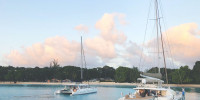
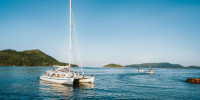
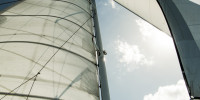

Leave a comment